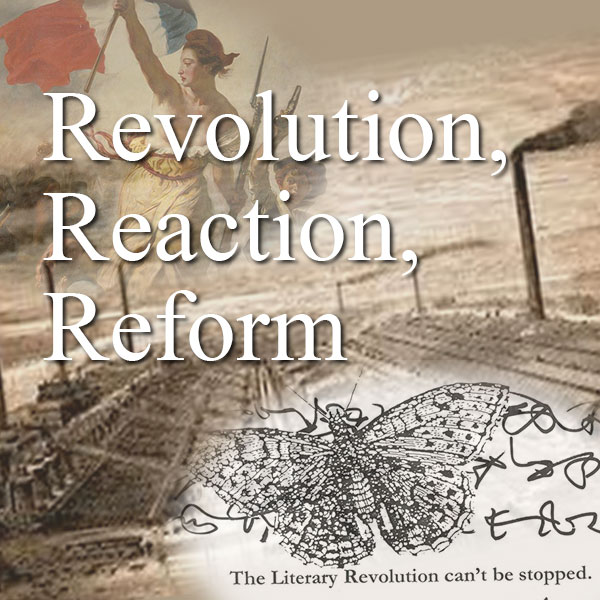Heston is first mentioned in the novel as Margret is looking at an atlas. She is looking at a map of England to find a place for her mother and Dixon to stay while her and her father look for houses in Milton. Margret says that she heard that Heston is a "pleasant little bathing-place" and believes that the ocean air will be good for her mother to calm her before they make the move into Milton. Mrs. Hale and Dixon stay in Heston for about two weeks, which was quite the expenditure for Mr. Hale. Margret does not care about the detour into Heston because she believes that the fresh air will do her mother some good before they have to move to Milton where the air is less clean.
To Brits at the time of the novel, Heston would have been a well known costal town, much like it is in the novel. In my research of Heston, the most notable thing about the town was that it had an established parish, but for the most part it was just a town where people would stop on their way to...
more
 British Literature II: Revolution, Reaction, Reform examines British literature from the late eighteenth century to the present, a period that witnessed the American and French Revolutions, slave revolts such as the Haitian Revolution, a “revolution in female manners,” the Industrial Revolution, the twentieth-century revolutionary wave in Europe, as well as World War I and World War II, and, of course, artistic revolutions. We will consider how the authors and literary works of this period might be reacting to change, advocating for reform, or participating in literary revolutions—whether revolution is understood in the sense of “revolving” or of “revolting,” going full circle to return to a previous (more perfect?) time or experiencing/effecting a great alteration or rupture.
British Literature II: Revolution, Reaction, Reform examines British literature from the late eighteenth century to the present, a period that witnessed the American and French Revolutions, slave revolts such as the Haitian Revolution, a “revolution in female manners,” the Industrial Revolution, the twentieth-century revolutionary wave in Europe, as well as World War I and World War II, and, of course, artistic revolutions. We will consider how the authors and literary works of this period might be reacting to change, advocating for reform, or participating in literary revolutions—whether revolution is understood in the sense of “revolving” or of “revolting,” going full circle to return to a previous (more perfect?) time or experiencing/effecting a great alteration or rupture.